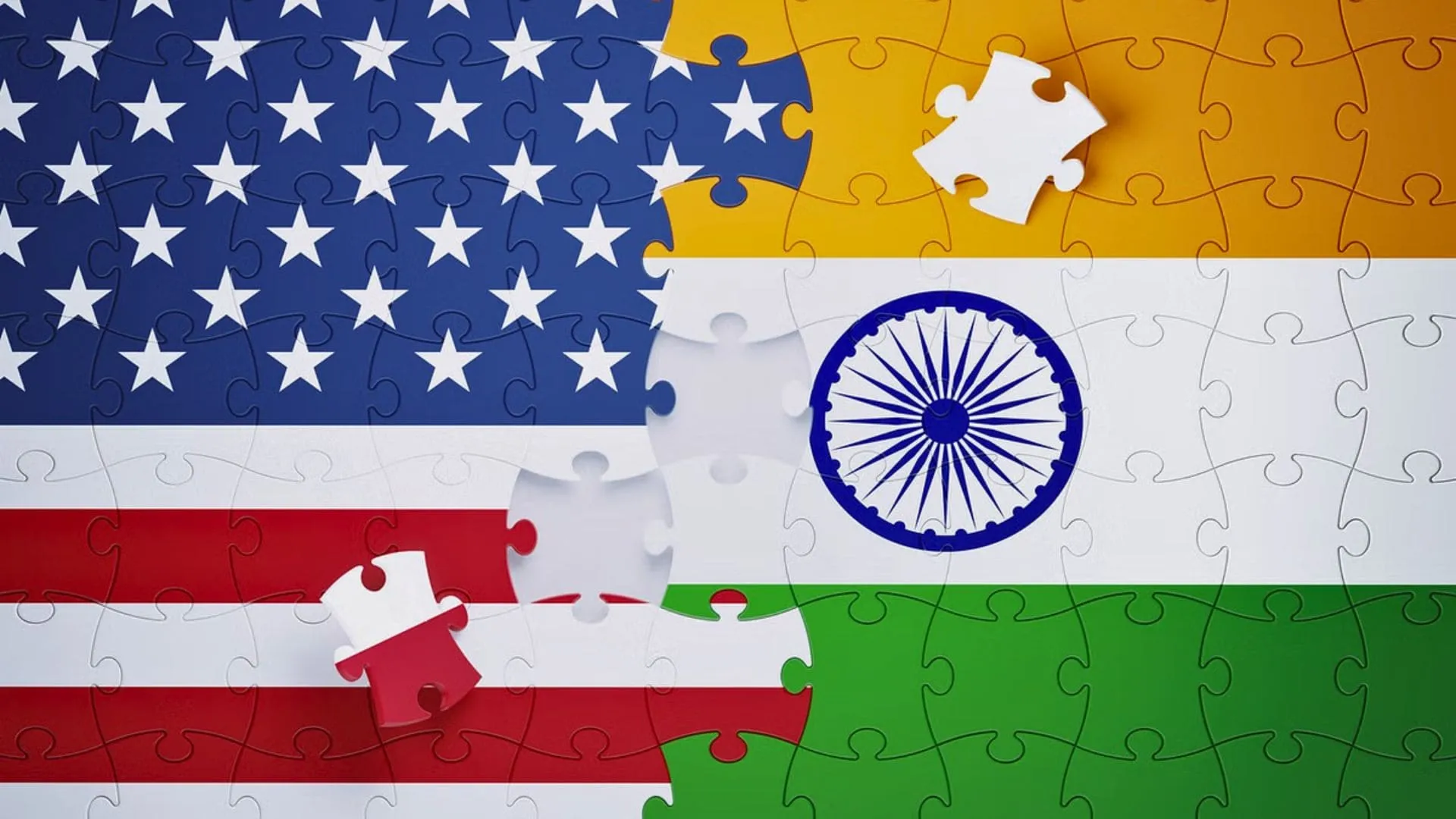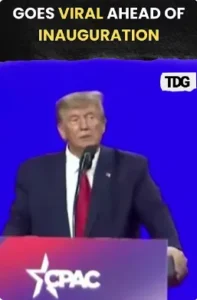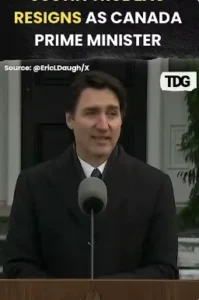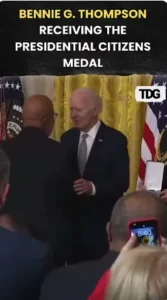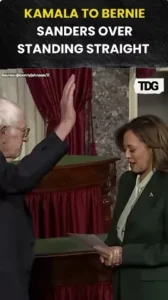India’s bilateral trade talks with the US are ongoing, but a ‘zero-for-zero’ tariff policy is not on the cards. Experts had first proposed this plan, in which both nations would remove tariffs on imports. But given the difference in economic development between India and the US, such an agreement seems unlikely.
Rather, the India-US trade agreement will be a broad package, covering several issues like goods, non-tariff barriers, and other trade-related issues. The pact seeks to double bilateral trade to USD 500 billion by 2030.
India’s Approach: No ‘Zero-for-Zero’ tariffs
Trade analysts initially looked at a ‘zero-for-zero’ tariff regime as one means to reciprocate the US’s tariff increases. Nevertheless, official reports indicate that such an option is not available for the India-US trade agreement.
A senior government official pointed out that a zero-tariff regime is more applicable to high-income economies such as the US and the European Union. India and the US are at dissimilar levels of economic development and therefore such an arrangement is impractical.
This concept is unviable currently in contrast to the US-EU setup since structural variations exist in India’s economy that prevent this notion at this point.
Comprehensive approach of India-US trade agreement
In lieu of merely the tariff aspect, the India-US trade agreement shall be a more complex package and deal with issues of varying magnitude. These range from goods, to non-tariff barriers, to sector-specific accords.
The official stressed that trade agreements are not merely about mere reciprocal concessions, but entail long and wide-ranging negotiations in many sectors, from agriculture to IT. For India and the US, both are in the process of approaching a balanced strategy that suits the distinct requirements of each economy.
India’s negotiation stance
Union Commerce Minister Piyush Goyal has reiterated time and again that India will never talk under duress. He explicitly said that while positive time pressures can accelerate negotiations, India will not sacrifice its national interests in the bargain.
He also highlighted India’s resolve towards attaining “India First” objectives as part of the nation’s vision to be a developed country by 2047. The Indian government continues to stay committed to its economic sovereignty while holding constructive trade negotiations with the US.
Making Progress in the Bilateral Trade Negotiations
India and the US have been engaged in active talks since March 2025, and both countries hope to seal the first phase of the trade pact by fall 2025. The bilateral trade is to reach USD 500 billion by the year 2030 from the current USD 191 billion.
The pact would span a very broad spectrum of sectors and will promote increased collaboration between the two countries. India’s rapid advance in these talks underscores the nation’s increasing prominence in international trade patterns.
Emphasis on long-term growth
It is possible that a ‘zero-for-zero’ tariff strategy has been proposed, but it is not going to be part of the India-US trade deal because of the economic disparity. India is more interested in negotiating a balanced deal that focuses on long-term economic development and defending national interests.
India is positioning itself as a major player in the international economy by seeking a balanced trade deal while strengthening its relationship with the US.

